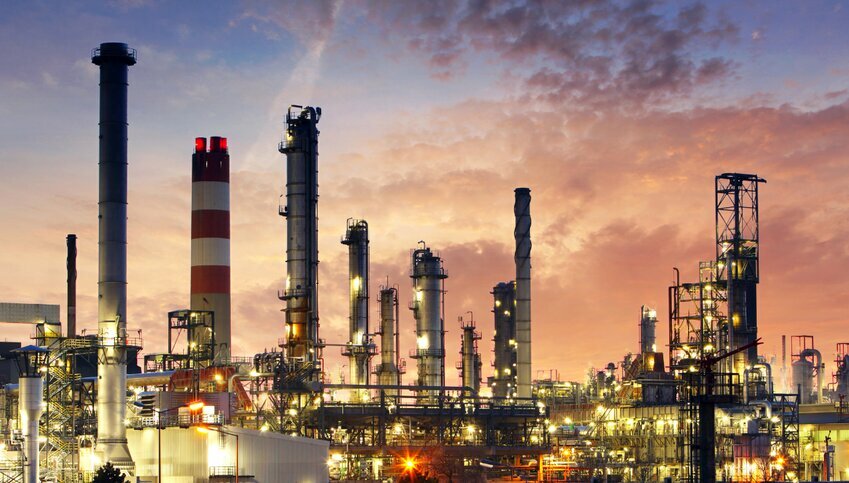 (Credit: Canva Pro)
(Credit: Canva Pro)The EPA and the Department of Energy, along with DOE's National Energy Technology Laboratory, unveiled an initiative aimed at monitoring and reducing methane emissions from the oil and gas sector. Methane, a potent greenhouse gas, has been identified as a major driver of significant climate impacts, and curbing its emissions is seen as essential to achieving net-zero targets.
The initiative, made possible by President Biden's Inflation Reduction Act, lays the foundation for a comprehensive Methane Emissions Reduction Program, with a budget of $1.55 billion in funding.
Through a series of funding opportunities, the program seeks to incentivize companies to voluntarily identify and permanently reduce methane emissions from low-producing conventional wells. By encouraging such reductions, the EPA and DOE aim to enhance the economic competitiveness of small and medium-sized oil and gas producers while simultaneously mitigating the harmful air pollution caused by methane emissions, thus benefiting nearby communities.
The initiative aims to create new jobs, improve U.S. oil and gas operations' efficiency, and achieve immediate emission reductions. Additionally, the program supports states and industry in accelerating methane monitoring and mitigation, leading to increased efficiency and reduced costs for producers.
A key component of the program involves providing up to $350 million in formula funding to eligible states. This funding will assist the industry in identifying and reducing methane emissions from low-producing conventional wells. The investments are expected to make small and medium-sized producers more economically competitive while significantly reducing associated air pollution and health impacts in nearby communities.
In particular, the Methane Emissions Reduction Program will enable states to allocate a portion of their award for environmental restoration and monitoring capacity for low-producing conventional wells. This will help states identify sources of methane emissions more effectively and prioritize their mitigation strategies.
The EPA and DOE's efforts don't end with the funding opportunities. They are also committed to providing technical assistance to states, industry players, and other partners.
This assistance will help implement cost-effective solutions that reduce methane leak emissions. Small and medium-sized producers, who often lack the resources of larger companies, will receive much-needed support to implement best practices and mitigation decision-support tools across the oil and gas sector. The ultimate goal is to align efforts with the needs of local communities and inform key decision-makers of mitigation opportunities across states, industries, and partners.